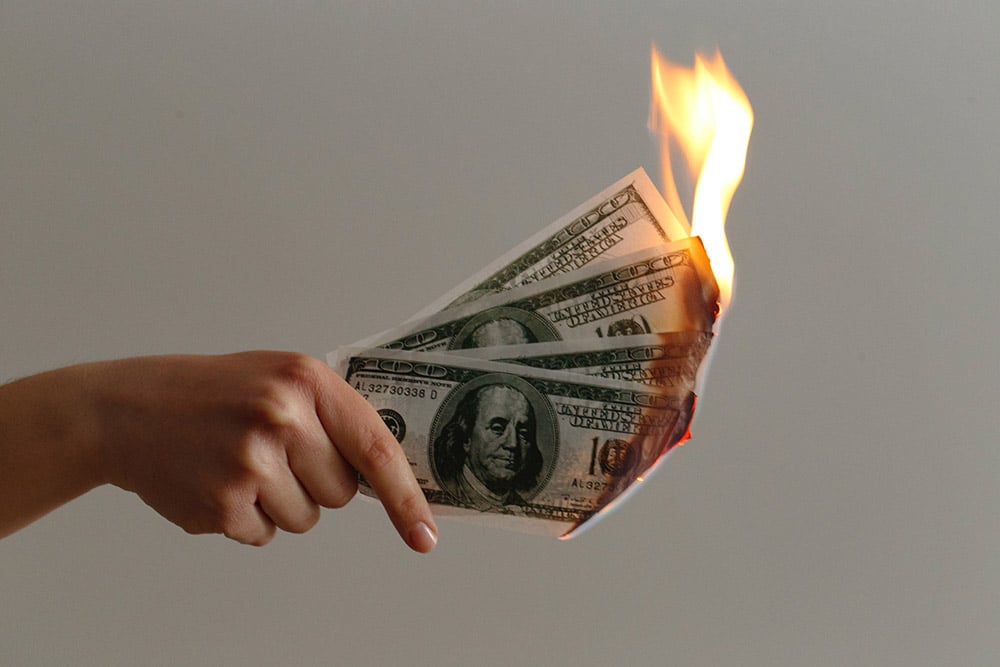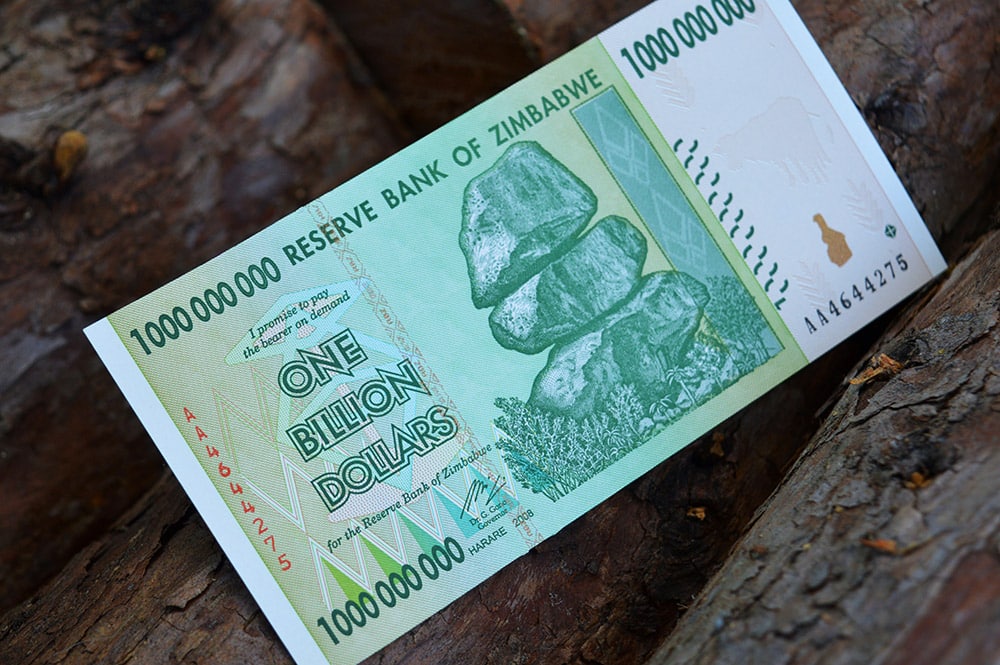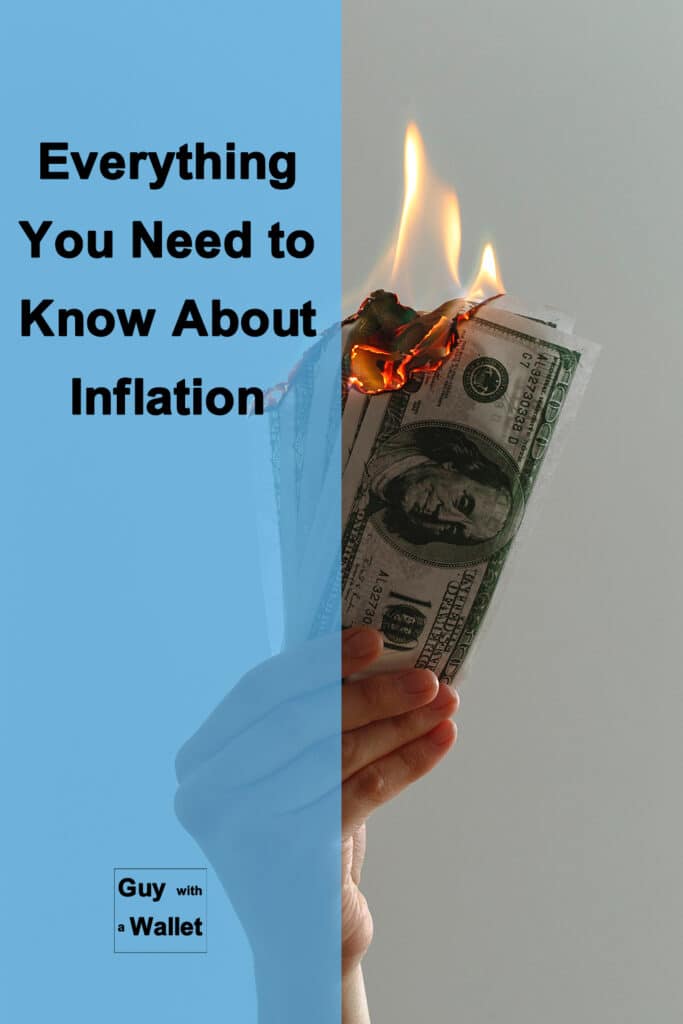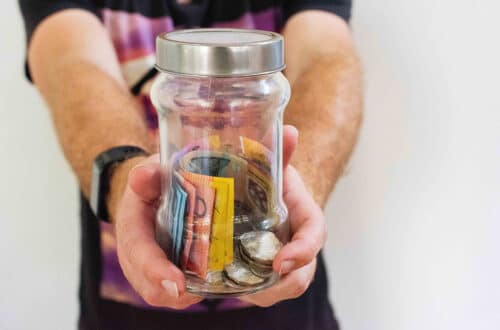
Everything You Need to Know About Inflation
There are only a few economic terms that most people are familiar with. Inflation is one of them. It touches almost every aspect of our lives when it goes up. And that’s why we should all know about it more, beyond just the fact that it drives up the prices and reduces our purchasing power. This post, contains every essential fact that you need to know about inflation.
What Is Inflation?
According to the International Monetary Fund (IMF): “inflation measures how much more expensive a set of goods and services has become over a certain period, usually a year”.
In other words, inflation is a number which shows how much the general price level has gone up in a defined period of time and consequently, how much the purchasing power of money has gone down.
For example, if we had only 10 products and 10 services in our economy and these products and services went up in price by an average of 5 percent in one year, we could say that we have an annual inflation rate of 5%.
But because we don’t have just 10 products and 10 services, institutions that measure inflation, choose a basket of goods and services and calculate the average rise in their price.
So when a government says that the inflation rate is 5%, it doesn’t mean that every product or service has gone up 5% in price. It just means that the average price of their list (or basket) of goods and services has gone up by that much. And even within that basket, there will be price increases of more than 5% and maybe even prices that have gone down. The final inflation rate is just an average.
What Are the Main Causes of Inflation?
We have three main causes for inflation. This translates into three main types if inflation:
1. Cost-Push Inflation
This type of inflation is caused by an increase in the costs of production, which can happen when:
– Wages go up (because of a new minimum wage law, stronger labor unions or some other reason)
– Raw materials become more expensive (like the price of energy or other things that are needed to make a final product, there can be many causes for this)
– Other expenses go up (like the rent that companies pay for the space they use which is not residential)
When the costs of doing business go up, companies pass them to their customers. And that’s how we get cost-push inflation.
2. Demand-Pull Inflation
This type of inflation is caused by an increase in demand which exceeds the amount of supply. If you’re familiar with the law of supply and demand, you already know why this happens. If you’re not, you should go read our other post about it.
Demand usually goes up when people have more money to spend. So things like tax breaks or falling levels of unemployment can create this kind of effect. But remember that an increase in demand will only lead to a significant rise in inflation, if the supply can’t keep up with it. So it’s not always a problem.
Note: Printing Money
More money means more spending. So when governments print money, they create more demand. And if the economy can’t keep up with this increase, inflation goes up.
But you can also look at printing money in a vacuum and say that it means more supply for a currency. And an increase in supply can lead to a decrease in price or, in this case, value. So printing more money makes each existing unit of it less valuable with lower purchasing power.
3. Built-In Inflation
This type of inflations is caused in the past (by one of the reasons above) but because everyone expects it to continue, it does.
For example, if companies expect the inflation to continue and their costs to go up with it, they will increase their prices in anticipation. And if the workers expect the rise of inflation to continue, they will ask for higher wages to keep up with it.
This makes a cycle that’s hard to break.
How Is Inflation Measured?
As we said earlier, inflation is measured by calculating the average price of a basket of goods and services and seeing how much it has gone up in a defined period of time (usually a year). But if you want to get a bit more technical, you can say that inflation is measured using a price index.
In each country there is an institution responsible for defining this basket of goods and services, making changes in it when necessary and tracking every related price.
We should also note that the average price of this basket is not calculated as the sum of every item’s price divided by the number of goods and services. It is a weighted average, meaning important items will impact the final average more (price of normal food or housing for example).
With the same process, you can measure inflation as it relates to you. To do this, you’ll have to make up your own basket of goods and services and track its price over time.
Note: If the price of this basket of goods and services goes down in a defined period of time, we would have negative inflation or deflation.
What Is a Price Index? Which Ones Are Used the Most?
Simply put, a price index is a list of prices. Each index includes the prices of a different list of items. The most used and most familiar price index is the consumer price index.
Consumer price index, or “CPI”, tracks the price of a market basket. This market basket is a list of goods and services that typical consumer buys. Many countries use CPI and inflation interchangeably.
We also have other price indexes, like:
– Producer price index (PPI)
– Wholesale price index (WPI)
– Gross domestic product price deflator (GDP deflator)
These can also be used to measure inflation from different perspectives.
What is Hyper-Inflation?
Different economists and institutions have slightly different definitions of hyperinflation. But I think everyone can agree that it’s a very high inflation rate that usually keeps going up with incredible speed.
One other definition is this: when the monthly inflation rate goes above 50 percent, you have hyperinflation.
When you live in a healthy economy, you know that you can save some of your income in your own county’s currency. But when hyperinflation occurs, keeping cash is a huge risk.
You can get paid 100 units of your currency right now and see that it can buy exactly one kilo of potatoes, for example. But if there’s hyper-inflation, after one week you may not be able to buy even half a kilo with the same amount of money.
As you can see, this type of situation can be very stressful for people. Because the wages can’t keep up with the rising prices. But it’s also very bad for the economy. Because in a country with hyper-inflation, people don’t save any money. And without savings, there won’t be any new investments or capital to move the economy forward.

Can Inflation Be Good?
Obviously, hyperinflation is like a disease for the economy and very bad for everyone involved. But there are differing opinions on low amounts of inflation and its effects on a country’s economy.
Some economists say that more money means more demand which will get translated to more production. So if an economy can handle this increase in production, printing money and creating a low inflation (single digits) will have benefits.
(Side Note: This is considered a Keynesian approach, which means that it’s the opinion on John Maynard Keynes and his followers.)
Inflation also encourages borrowing. Because people who want to borrow some money and pay it back over a few years, know that the payback will be less valuable because of the inflation.
For example, imagine that you can get a loan of 100 dollars and pay it back after one year with a 5 percent interest rate. Now, if the annual inflation rate in your country is more than 5 percent, you’ll be encouraged to get the loan. Right?
This means that when a low amount of inflation exists, capital can flow more easily. And that’s good for productivity.
Of course some economists don’t agree with these claims. And some say that you can’t reliably predict these things about an economy and you can’t be sure that you’ll be able to control and keep the inflation on a certain number. So you should always aim for as little inflation as possible.
My Own Personal Experience, Living With High Inflation
I am from Iran and I have experienced high rates of inflation for a few years in my adult life. The official annual rate for Iran’s inflation has been around 50 percent for years now. The real number is much higher, even though it can’t technically be considered hyperinflation.
Over the course of almost two decades, I have seen the price for an ice cream go from 500 IRR (Iranian Rial) to more than 150000 IRR. Most people, in developed countries, can’t even imagine something like this.
I can tell you first hand, that any sort of financial planning in this kind of situation is almost impossible. You can start saving to buy a car and hit your goal in one year, for example. But in that one year, the price of the car you wanted, could be up by more than 50 percent.
In this type of situation, people love borrowing from the banks. But because of my lifestyle as a freelancer, I personally don’t like debt. And that’s why I couldn’t buy a car or even think about buying a house over the last few years in Iran.
So when I say that high inflation can be the single biggest economic problem in your life, I’m speaking from personal experience.
Pin It!

Your Turn
What is your opinion on inflation and its effects on your life? Have you experienced high inflation rates? How did you cope? Comment below with your thoughts.
If you’ve found this post to be useful, share it with your friends and on social media.



